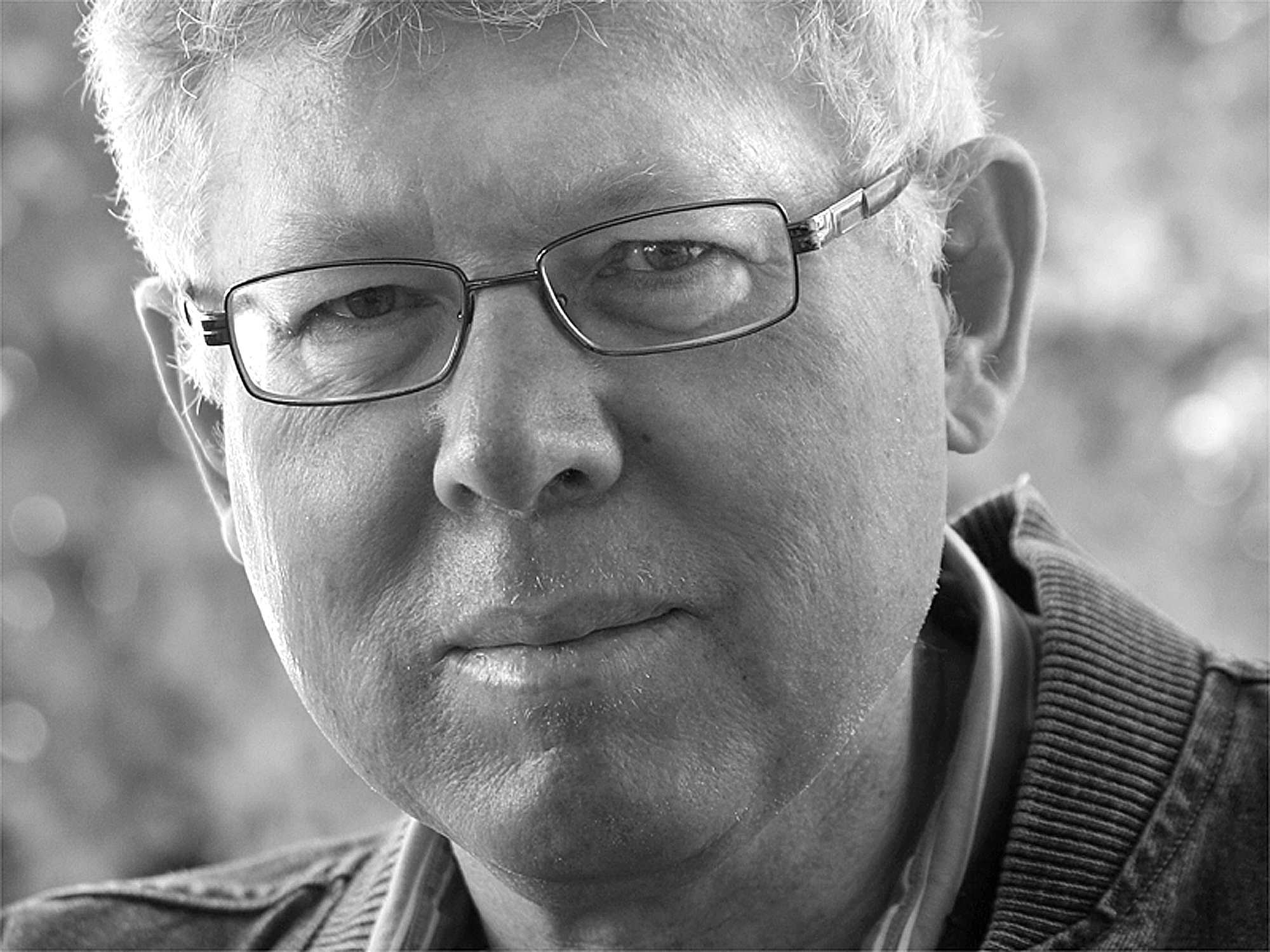Columnists
Of rings, middle fingers and hamsters

They wanted their championship rings to make a statement—and in that, the Toronto Raptors succeeded. At their home opener on October 22, the Raptors handed out to their 2018-2019 team the “most valuable” rings ever made for a basketball champion. Maple Leaf Sports and Entertainment, the company that owns the team, did not specify what that meant exactly, but since none of the rings has gone on the aftermarket yet, “most valuable” probably means “most expensive to produce.”
Made of gold, each ring is set with some 640—yes, 640—diamonds. But the diamonds aren’t just thrown on haphazardly: there is a thematic order. Wrapped around the outside of a ring are the 16 player uniform numbers in the winning lineup—separated by 16 rubies. One side of each ring sets out the particular player’s name and uniform number; the other is inscribed “World Champions.” Inside the ring, there is personal message for each recipient, paired with a ruby-centred maple leaf. The face of the ring has a representation of the championship trophy, the Air Canada Centre and the Toronto skyline, set among some 74 diamonds (equal to the number of season wins for the team). Six diamonds are mounted atop the Air Canada Centre image to signify Toronto’s self-appellation as “the Six,” along with a chevron design saying “North,” referring to the team’s “We the North” battle cry, and the uniform style they wore in their final game. It’s all very symbolic.
Each player also received a a bottle of champagne, a presentation box and a ring cleaning kit—the latter a nice touch, considering a star player like Kyle Lowry (who sat on the design team) will only take home some $US33 million this year; and cleaning kits can get pretty darned expensive. Plus, who has time to go out and buy a cleaning kit when you’re playing basketball all over North America all year?
On top of the 16 player rings, scaled back rings were given to all the company’s employees, and replica rings (no diamonds) were handed out to the 20,000 fans on hand.
On the ‘nothing but good news’ front, the gold and diamonds used in the ring come from Canada, and the company that made the rings is based in Windsor. Its proposal for the production and design of the rings beat out two American competitors. Can’t beat that for national pride.
The rings themselves, however, are not without controversy. To begin with, how do you wear your ring—which one writer described as “colossal”? The ring is designed to be worn on the middle finger, which is said to provide the best opportunity for ‘balancing.’ But its weight—up to 130 grams—is the equivalent to the weight of an adult male hamster. (I looked it up: adult female hamsters are generally 20 grams heavier than males).
So would you want to play basketball wearing the ring? I don’t think so. With that weight on board, it would become much more difficult to soar to slam dunk a basket. And with all the arms-in-the-face style of play that seems to be in vogue these days, wearing that ring would invite more fouls to be called against you—never mind tort claims being filed against you.
Even sporting the ring as everyday wear would cause one of the shoulders to droop precipitately, unless the wearer became fastidious at alternating the ring between left middle finder and right middle finger— which may only end up causing shoulder droop on both sides anyway.
Mr, Lowry did allow as how he was only going to wear his ring on special occasions. Given its diamond content, I think that he would want to limit it still further to those special occasions on which he is accompanied by an armed security guard.
But is this ostentatiousness not a bit un-Canadian? Sure, it’s par for the course for those gassy Americans to go overboard, but we in Canada are a little more restrained in our gloating, aren’t we? Didn’t we all celebrate already by bringing downtown Toronto to a standstill this past summer, in numbers that exceeded even those at a Grateful Dead tour date? Even if the winning of the NBA championship can be compared in its historic significance to, say, John Lennon and Yoko Ono’s ‘bed-in’ in Montreal exactly 50 years ago, wouldn’t a souvenir photo montage on poster board be just as good—especially if it were made from recycled materials?
And does this not send us on a slippery slope? What happens, for example, if the Toronto Maple Leafs (also owned by Maple Leaf Sports and Entertainment) win the Stanley Cup—something that hasn’t happened since 1967? Will they have to come up with a 700-diamond ring that weighs as much as an adult female hamster? Will kids on teams winning minor sports championships now sneer at the fact that all they got for winning was a lousy plastic trophy from the local plaque shop—with no diamonds at all? Will Nobel Prize winners now start complaining that while it was nice to receive over a million dollars, it sure would have been nicer still to receive as well a 750-diamond champion’s ring—even if they had to buy their own champagne and cleaning kits?
Maybe it’s just sour grapes because they don’t have championship rings for local newspaper columnists, but I guess I am giving the rings two middle fingers. And I apologize to local hamsters, male or female, who would probably not be flattered at being drawn, unwittingly, into the weight comparison.

Comments (0)